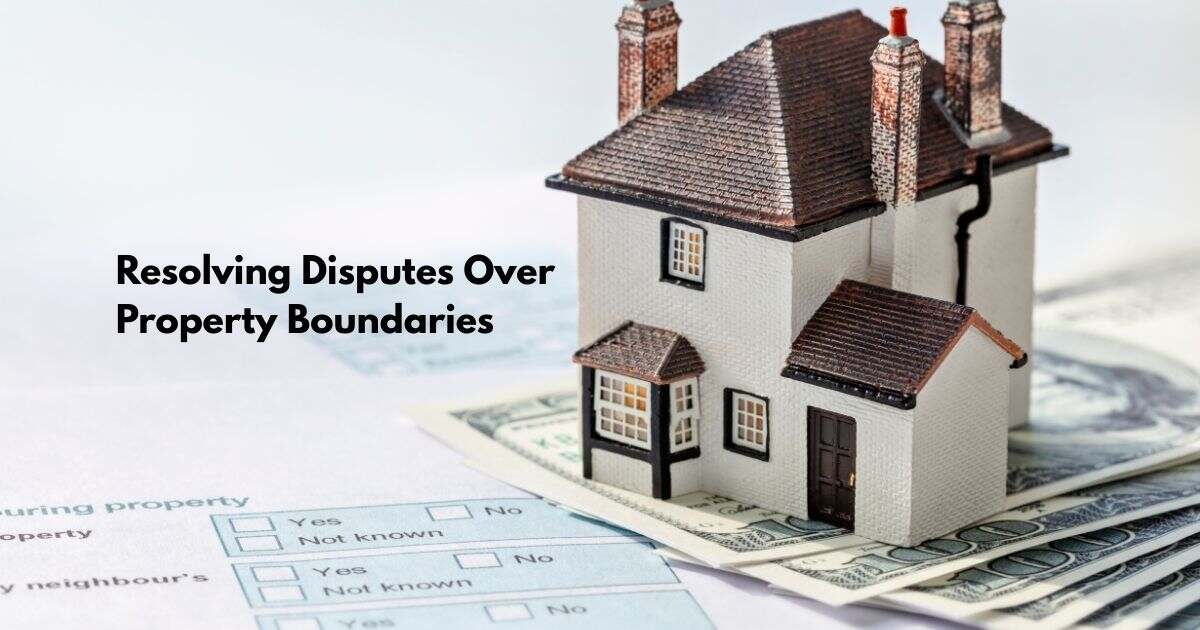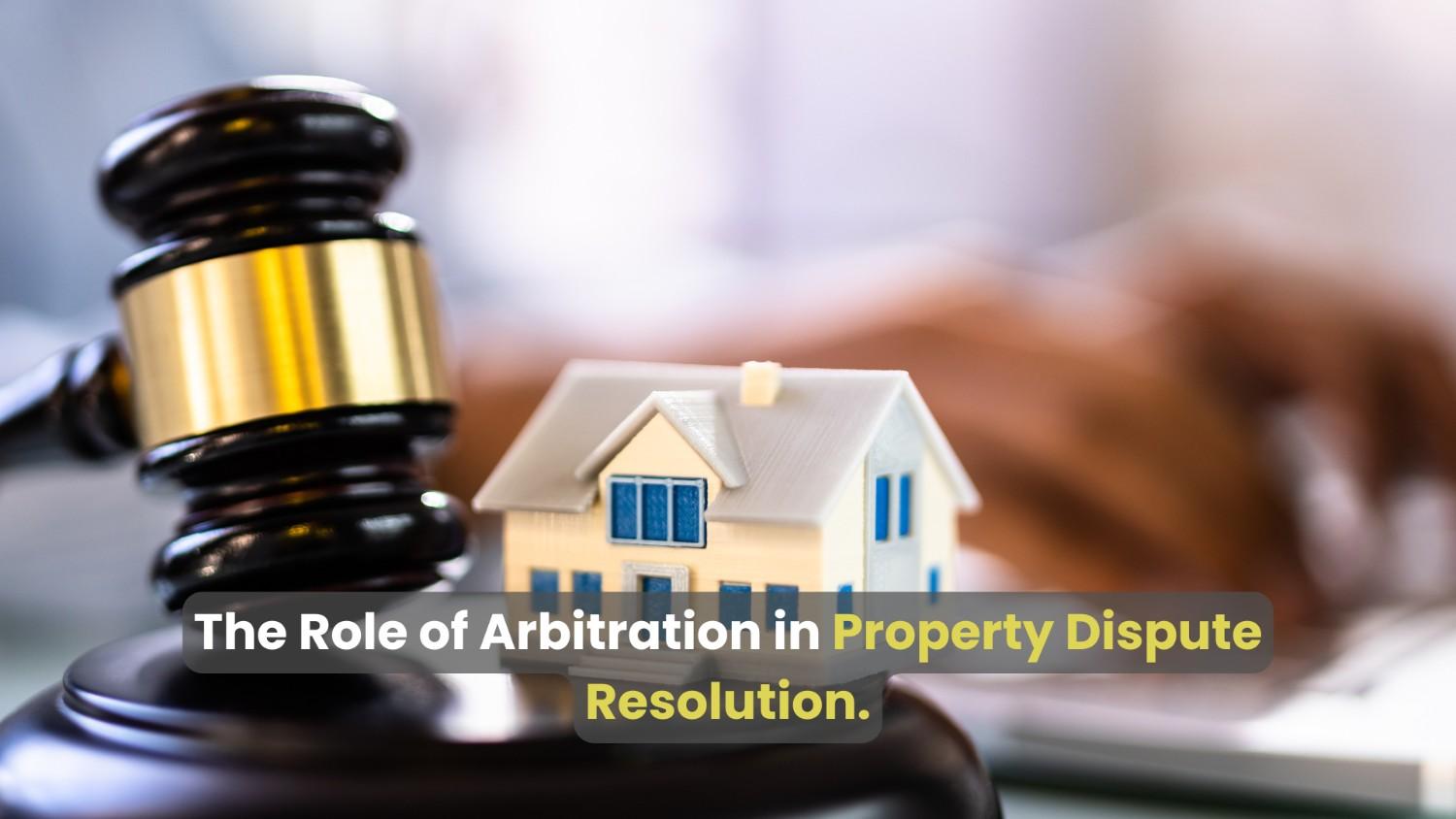· Property Dispute · 4 min read
Resolving Disputes Over Property Boundaries and Easements: A Comprehensive Guide
Learn effective approaches to resolve property boundary and easement disputes. Our expert guide covers legal remedies, surveying options, negotiation strategies, and how to protect your property rights while maintaining neighborly relations.

Property boundary and easement disputes can quickly turn neighborly relationships sour and lead to costly legal battles. Understanding how to properly address these conflicts can save you significant time, stress, and money. This guide explores common causes of boundary disputes, effective resolution strategies, and preventative measures to protect your property rights.
Understanding Property Boundary Disputes
Property boundary disputes typically arise when neighboring property owners disagree about where one property ends and another begins. These disagreements might stem from:
Outdated or inaccurate property surveys
Misplaced or missing boundary markers
Conflicting deed descriptions
Adverse possession claims
Encroaching structures or landscaping
When left unresolved, these disputes can affect property values, complicate future sales, and damage relationships with neighbors.
Common Easement Disputes
Easements grant specific usage rights to non-owners across private property. Disputes often emerge around:
Maintenance responsibilities for shared driveways or access roads
Expanding usage beyond the original easement scope
Blocking established easement access
Creating unauthorized new easements
Disagreements about utility easements
Steps to Resolve Boundary Disputes Amicably
1. Open Communication
Before escalating to legal action, attempt to discuss the issue calmly with your neighbor. Many disputes result from simple misunderstandings that can be resolved through clear communication.
2. Review Property Documents
Gather all relevant property documents, including:
Deed descriptions
Property surveys
Title insurance policies
Previous property transfer documents
Plat maps
These documents often contain vital information about established boundaries.
3. Hire a Professional Land Surveyor
A professional survey can definitively establish property lines based on legal descriptions. While this service typically costs between $500-$1,000, it provides authoritative evidence if the dispute proceeds to litigation.
4. Consider Mediation
Professional mediators specializing in property disputes can help facilitate productive conversations between parties. This approach is typically much less expensive than litigation and preserves relationships.
5. Consult with a Real Estate Attorney
If amicable resolution attempts fail, consult with an attorney who specializes in property law. They can advise you on legal options and potential outcomes based on your specific situation.
Legal Solutions for Boundary Disputes
When informal methods fail, legal remedies include:
Quiet Title Actions
This legal proceeding definitively establishes property ownership and boundary lines through court judgment.
Adverse Possession Claims
If someone has openly used a portion of property for a statutory period (typically 5-20 years depending on state law), they may claim legal ownership through adverse possession.
Boundary Line Agreements
Neighbors can create legally binding agreements that establish agreed-upon boundaries, regardless of original deed descriptions.
Easement by Prescription
Similar to adverse possession, continuous use of someone else’s property for access may establish a legal right to continue that use.
Preventing Future Disputes
1. Conduct a Survey Before Purchase
Always get a professional survey before purchasing property to understand exactly what you’re buying.
2. Maintain Clear Boundaries
Keep boundary markers visible and maintain clear physical demarcations of property lines.
3. Document Agreements in Writing
Any verbal agreements about boundaries or easements should be properly documented and recorded with appropriate government offices.
4. Address Encroachments Promptly
Don’t delay addressing potential boundary issues, as time can complicate resolution and may create adverse possession risks.
FAQ: Property Boundary and Easement Disputes
What is the difference between a boundary line and an easement?
A boundary line defines where your property ownership ends, while an easement grants someone else specific usage rights to a portion of your property without transferring ownership.
How much does it cost to resolve a boundary dispute?
Costs vary widely based on resolution method. Amicable solutions might cost $500-$1,000 for a survey, while litigation can range from $10,000 to $50,000+ depending on complexity.
Can I remove a fence if it’s on my property?
If a survey confirms the fence is entirely on your property and not subject to any easements or agreements, you generally have the right to remove it. However, providing notice to neighbors is recommended to avoid escalating tensions.
What’s the fastest way to resolve a boundary dispute?
Direct communication followed by a professional survey is typically the quickest resolution path. Court proceedings can take months or even years.



